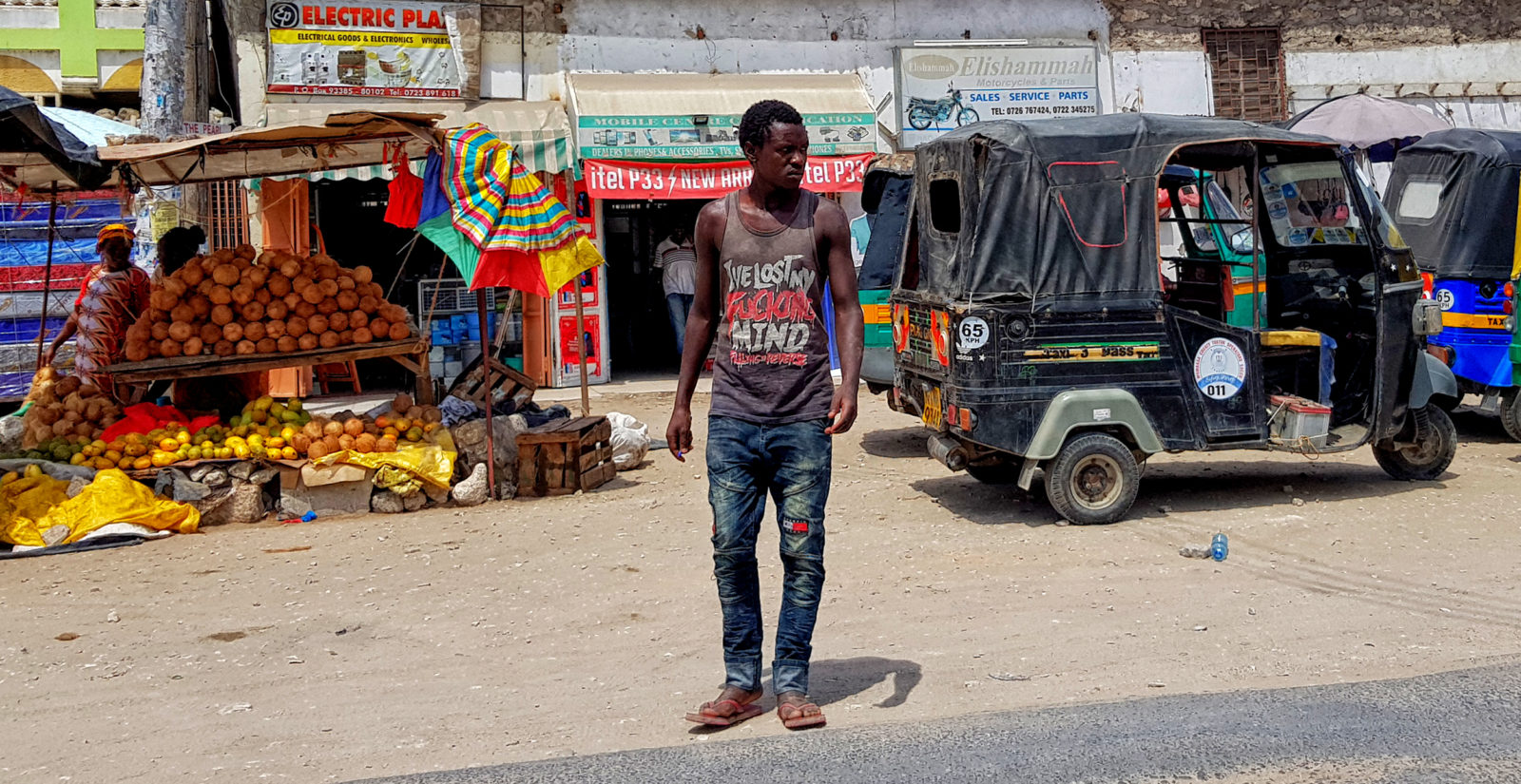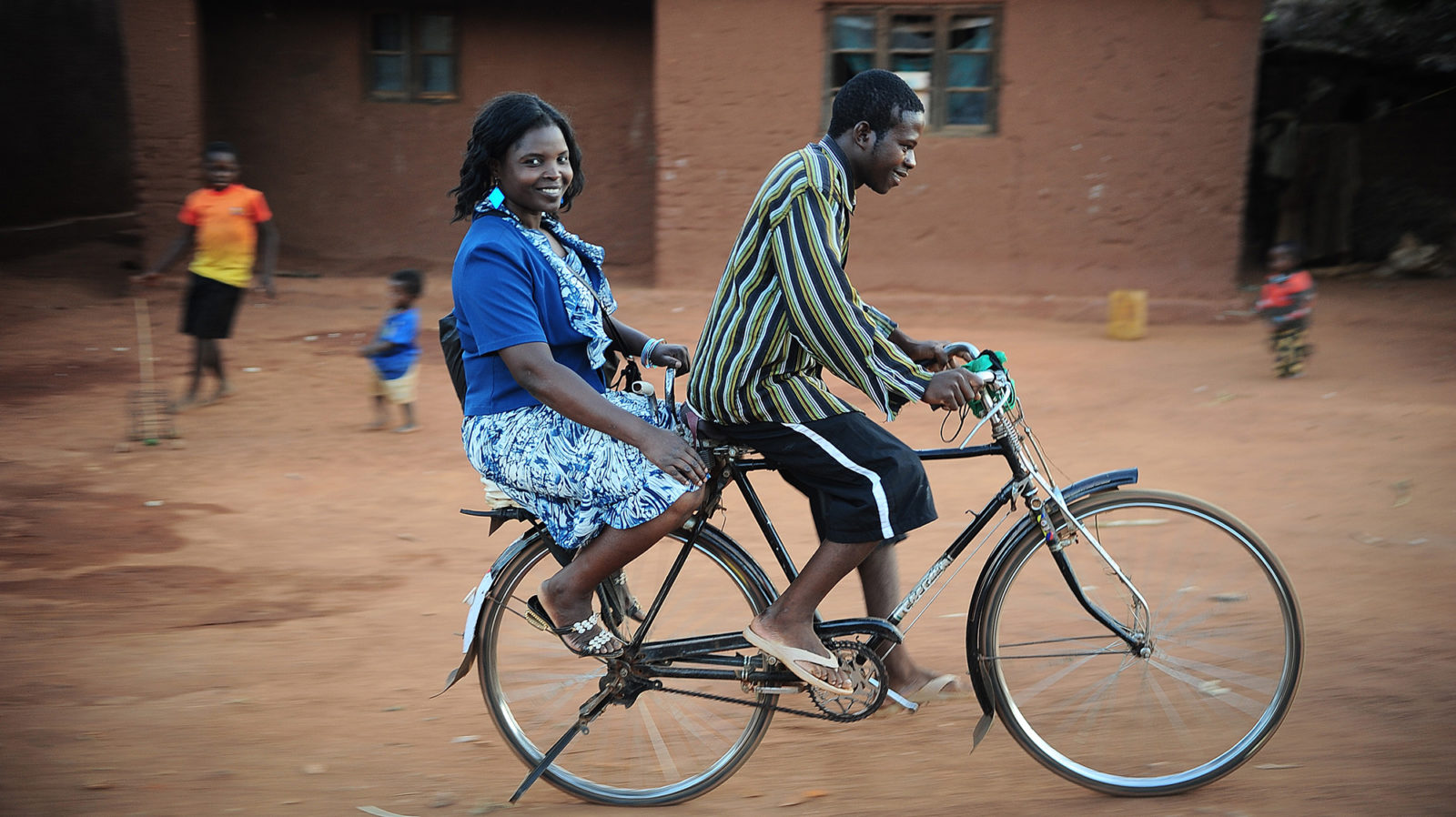News
The Coconut Plot: Virgin territory, golden beaches and hope for the future
Most of the County of Kilifi's 1.5-million people survive on subsistence farming and income from tourism.

In the age of 4IR and capital intensification in manufacturing, what gaps might Africa fill to create employment for its burgeoning populations? Kilifi County in Kenya hints at one of the answers: tourism.
Patrick stood at the base of the palm tree, a pile of freshly harvested coconuts at his feet. The plot was at the end of Bofa Road, running on the northern bank of the Kilifi River. Coconuts are a hard way to earn one’s keep, retailing at 30 shillings ($30¢) in the shops. Two hundred metres away in the blazing sun and seeping humidity was Paul Ngari’s operation, a coral quarry.
Battered Italian stone cutting machinery ran along wonky rails, a giant blade cutting the ancient coral base into strips from which 14 inch by 7” by 7” rectangular building blocks were prised by teams of women. The better grades at the top of the coral sold for 36 shillings, those towards the bottom of the ten layers around 25 shillings. And there was delivery on top of that reminded Paul, who has two other similar quarries among some 35 operational in the vicinity.3
His workers, most caked in a fine white coral powder, were paid 350 shillings a day.
It may be a tough and sweaty way to make a living, but an even tougher place to find a job.
Most of the County of Kilifi’s 1.5-million people survive on subsistence farming, like Patrick, and income from tourism.
Tourism is a major “export” for Kenya offering first-class safaris closer to European and Asian markets than South Africa, and an unparalleled ‘beach and bush’ experience.
The second-largest source of foreign exchange revenue after agriculture, Kenya’s international tourism accounted for $1.5-billion of income from two million visitors in 2018.
While many of the top-end safari camps are thriving, others are struggling, and the sector has not reached anything its potential, despite a recent recovery. This is the story, too, of Africa, which received $44-billion in income from 64-million visitors in 2016, a fraction of the global $1.6-trillion and 1.3-billion tourist market.
In Kenya’s case in part this is down to terrorist events and the resultant advisories, which slam travel. The Westgate attack and subsequent 80-hour siege by al-Shabaab on 21 September 2013, in which militants stormed Nairobi’s top shopping mall, resulted in 67 deaths, and started a downward tourism trend. International arrivals were, for example, 877,602 in 2016, down from 1.18-million in 2015 and 1.35-million the year before, 1.5-million in 2013, and 1.7-million in 2012.
This downturn has had a big impact on a job-scarce market place.
Under 10-million at independence, Kenya’s population is 50-million today, and is projected to be 95-million by 2050 and over 150-million by 2100.
Kilifi has just 400 beds, or half that number of rooms suitable for international tourists. There is no conference facility that will absorb more than 50 attendees. The nearest airport is 60km away, down a bumpy and dangerous main road, a no-go transit at night given the dodgem experience of cars, trucks, bicycles, boda-boda motorbikes, matatu minibus taxis … many of them with no lights, one light, or lights on bright apparently with a broken dimmer and many with dimwits behind the wheel.
The locals take this in their stride, but then again, road deaths in Kenya are appallingly high: The World Health Organisation estimated Kenya’s road-death rate at 29.1 per 100,000 people in 2013, which placed it in the worst 20 countries worldwide, in the company of Liberia, Rwanda, Angola, Madagascar, Central African Republic and Iran. The UK, to make a comparison, is at 2.9 and Turkey, something of a motoring Wild West, 8.9. It is surprising in the circumstances that fewer than 10% of motorcyclists use helmets in Kenya. Anecdotal evidence from constant journeys up and down the Kenyan coast suggests that the rate is much lower among the boda-bodas.
What Kilifi needs is a Club Med, or something like it, and a few of them. That will bring better infrastructure, and lower operating costs and larger margins. It will also improve competition and service. Such a facility will inevitably raise standards and encourage local procurement and specialised training on a grand scale, both of which would have massive spin-offs. And it might, in its own self-interest, promote the systematic cleaning up of the environment, especially the plastic flotsam and jetsam that blights Kenya’s beaches.
The government says that Kilifi is at the centre of its tourism plans. The governor for the area, Amason Kingi, stresses the “virgin potential” of the area compared the “chockablock beaches on the south coast beyond Mombasa”.

Kilifi’s spectacular natural beauty, its warm water and white beaches are crying out for further, sensitive development.
But the government, says operators, will have to play its part, in putting in place a better road network, opening up the air links, and reducing taxes on hotel investors.
Fifty kilometres to the south is Mombasa, “the gateway to 160-million people in East Africa”, reminds Governor Hassan Ali Joho. The bonded warehouses and sprinkling of factories around the seedy town of Mtwapa (“where even the dogs have girlfriends,” goes the joke) hint at Mombasa’s more diversified economy, but Joho, too, is adamant that more needs to be done. “A Special Economic Zone around Mombasa would not only change us, but the entire region.” But to do this, and to undertake the “shift to high-end tourism”, he says, “we need a shift in mindset, a shift in standards, and a shift in the legislative framework”. Joho’s political opponents point to the corruption allegations swirling around him, but the Governor remains popular, in part because he delivers and seems to possess a common touch.
Still, something definitely needs to change.
The band of young men in front of the Coconut Plot told their own story about joblessness and poverty. As did the women ferrying stacks of firewood on their heads down the Bofa Road. Or the skinny cattle criss-crossing the traffic and the goats feeding in the spilt mounds of rubbish. As the foreman at the Coral Quarry shrugged when asked if one could make a living on 350 shillings a day. “Maybe, maybe not, but what else is there?”
Why these areas have not yet been opened up properly to the global market reflects a failure of policy and, at its heart, the uncompetitiveness of the political system. Politicians continue to find it too easy to make decisions in the interests of a tiny elite, caring more about their houses than hotels, and the size of their personal transport, not the health and safety of public transport. And they have got away with it, till now, with constituencies divided by tribe and geography, more concerned about whose turn it is to eat than issues of political performance and service delivery.
In the circumstances, absent an enlightened leadership with a strong commitment to popular welfare, an enraged citizenry becomes the most likely conduit of change.
This article was originally published on The Daily Maverick.


